Case

Case

Where are globe valves used?
Small-diameter globe valves are mostly connected by external threads or ferrules, and larger-diameter globe valves can also be flanged.
Most globe valves are driven by handwheel or handle, and a few globe valves with high pressure and large diameter or occasions requiring automatic operation can also be driven by electric drive.
The flow resistance of the globe valve is very large, and the closing torque is also large, which affects its application in large-diameter occasions. In order to expand the application range of globe valve, the structure of globe valve is being studied and improved at home and abroad to reduce flow resistance and closing torque. For example, the internal pressure self-balancing globe valve that has appeared in recent years. The application of various types of globe valves is briefly described below.
Where are globe valves used?
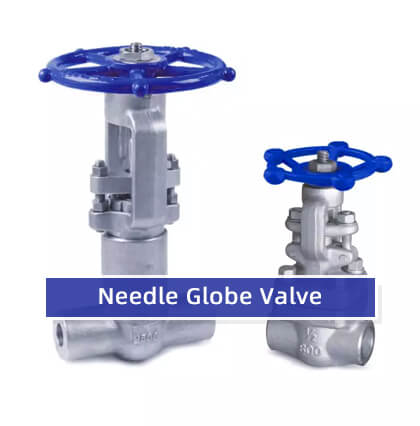
Needle globe valves are used for precise flow control. The valve disc is usually made into one piece with the valve stem, and it has a needle-like head that cooperates with the valve seat and has a very high precision. Moreover, the thread pitch of the stem thread of the needle-shaped globe valve is smaller than that of the ordinary globe valve. In general, the size of the needle globe valve seat hole is smaller than the pipe size. Therefore, it is usually limited to use in pipelines with small nominal size, and more for sampling valves .
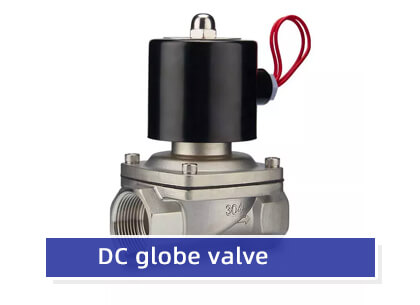
The stem and the channel of the DC globe valve form a certain angle, the sealing surface of the valve seat and the inlet and outlet channels also have a certain angle, and the valve body can be made into an integral type or a separate type. The once-through globe valve hardly changes the flow direction of the fluid, and the flow resistance is the smallest among the globe valves. The valve seat and valve disc sealing surface can be welded with cemented carbide, which makes the whole valve more resistant to erosion and corrosion. It is very suitable for pipeline control in alumina systems, and also suitable for pipelines with coking and solid particles.
The biggest advantage of the angle stop valve is that the valve can be installed at the corner of the pipeline system, which not only saves the 90° elbow, but also is easy to operate. For example, J44H-160 and J44H-320 are completely designed for synthetic ammonia production system.
Where are globe valves used?
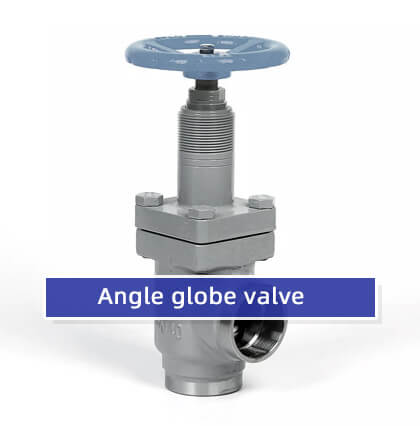
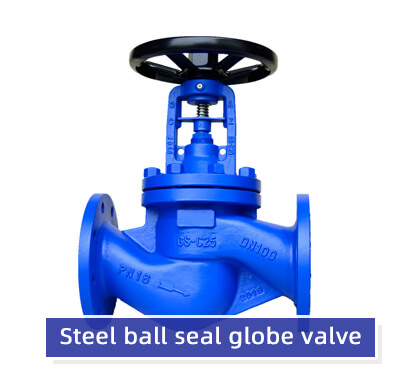
Steel ball or ceramic ball seal globe valve
The structural feature of the valve is that the valve body is divided into one -piece type and one-piece type . The valve disc is made of STL hard alloy steel ball or a ceramic ball made of amorphous powder material by pressing, high temperature sintering, and fine grinding. The lower end of the valve stem is rolled and enveloped in the ball hole of the valve stem. When the ball rotates three-dimensionally in the ball hole of the valve stem, countless sealing lines can be generated, which greatly increases the service life of the sealing surface and ensures reliable sealing.
Due to the limitation of the size of the sphere, this valve is generally used for smaller nominal size, about DN6 to 25. It is suitable for high temperature and high pressure steam pipelines of nuclear power plants and thermal power plants, instrument pipelines of sampling and sewage systems, and petrochemical, chemical and chemical pipelines. Temperature, pressure, wear and corrosion resistant pipelines in the system.
Petroleum liquefied gas globe valve:
The liquefied petroleum gas globe valve is specially designed for the pipeline or device of liquefied petroleum gas. The structure pays attention to fire protection requirements. The packing is made of polytetrafluoroethylene, which has reliable sealing and no leakage. The sealing material is made of polytetrafluoroethylene or nylon, and the material of the valve body is reliable. It is suitable for LPG pipeline system as an opening and closing device. It is also suitable for other pipelines whose temperature is not higher than 80℃ as a globe valve.
Top threaded stem globe valve:
The upper threaded stem globe valve stem is not in direct contact with the medium. It is suitable for different working conditions according to the different configurations of the shell and internal materials. If the shell material is carbon steel, the sealing material is alloy steel, the filler is flexible graphite, and the valve stem material is Cr13 series stainless steel, it is suitable for water, steam and oil pipelines; if the shell material is 12Cr18Ni9 or 06Cr19Ni10, the sealing The auxiliary material is the valve body material or cemented carbide, the filler is PTFE, and the valve stem material is 14Cr17Ni2, which is suitable for the corrosive medium pipeline or device mainly based on nitric acid; if the shell material is 1Cr18Ni12Mo2Ti or 0Cr18Ni12Mo2Ti , The sealing material is the body material or cemented carbide, the filler is PTFE, and the valve stem material is 1Cr18Ni2Mo2Ti, which is suitable for the corrosive medium pipeline or device mainly based on acetate. The maximum nominal size of the upper threaded stem globe valve is generally DN200. It is better to set an internal bypass or an external bypass valve above DN200, and change the flow direction of the medium to "high in and low out" to reduce the valve operating torque.
The lower threaded stem globe valve stem thread is in direct contact with the working medium, and is directly corroded by the medium, which makes the stem thread easy to corrode and makes it difficult to open and close. Its structure is only suitable for specifications with relatively small nominal size, generally between DN6 and 150, and is used for cleaning media as instrument valves and sampling valves.
The globe valve is designed according to the American Petroleum Institute standard API 602. The valve body and bonnet are made of carbon steel or stainless steel forgings. The valve body and bonnet are connected in various forms such as bolted connection, threaded connection and welding.
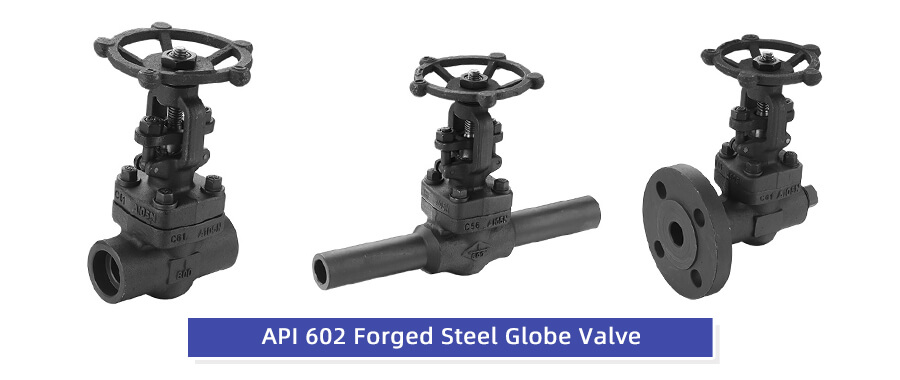
The sealing materials are Cr13 series stainless steel, stainless acid-resistant steel, STL cemented carbide, etc. The packing can be selected from flexible graphite or PTFE. The connection methods include flange, thread, socket welding and butt welding, and the pressure level is Class 150. ~1500, the nominal size is NPS 1/4~4. It is widely used in devices and pipelines in petrochemical, electric power, chemical and other departments. The working medium is steam, oil, and corrosive medium. The length of the structure is in accordance with the manufacturer's standard, and part of it is in accordance with ASME B16.10; the flange connection size is in accordance with ASMEB16.5; the welding size is in accordance with ASME B16.25; the socket welding hole size is in accordance with ASME B16.11; 20.1.

Previous Pakistan Water supply & stock